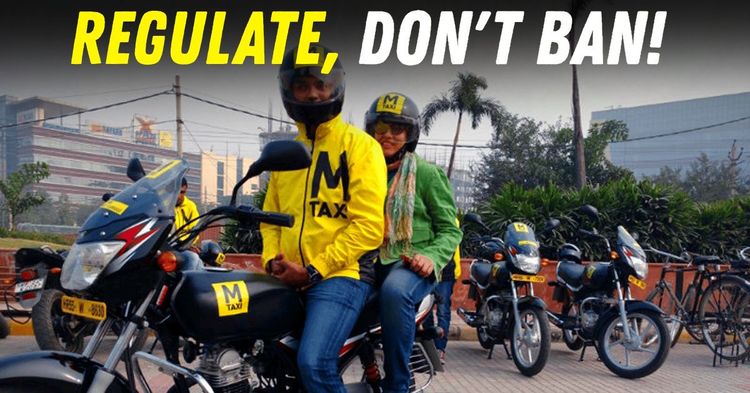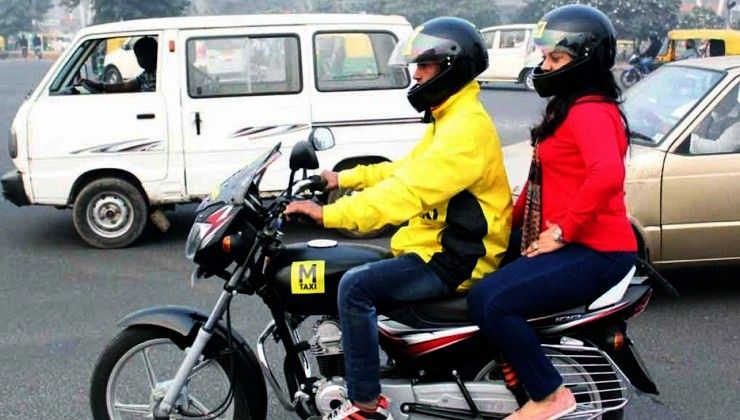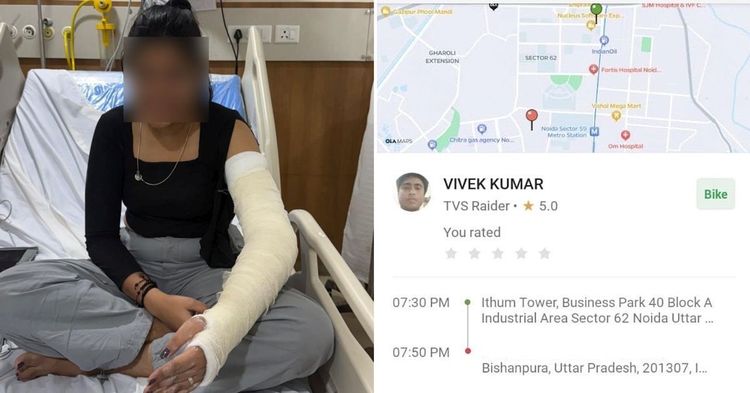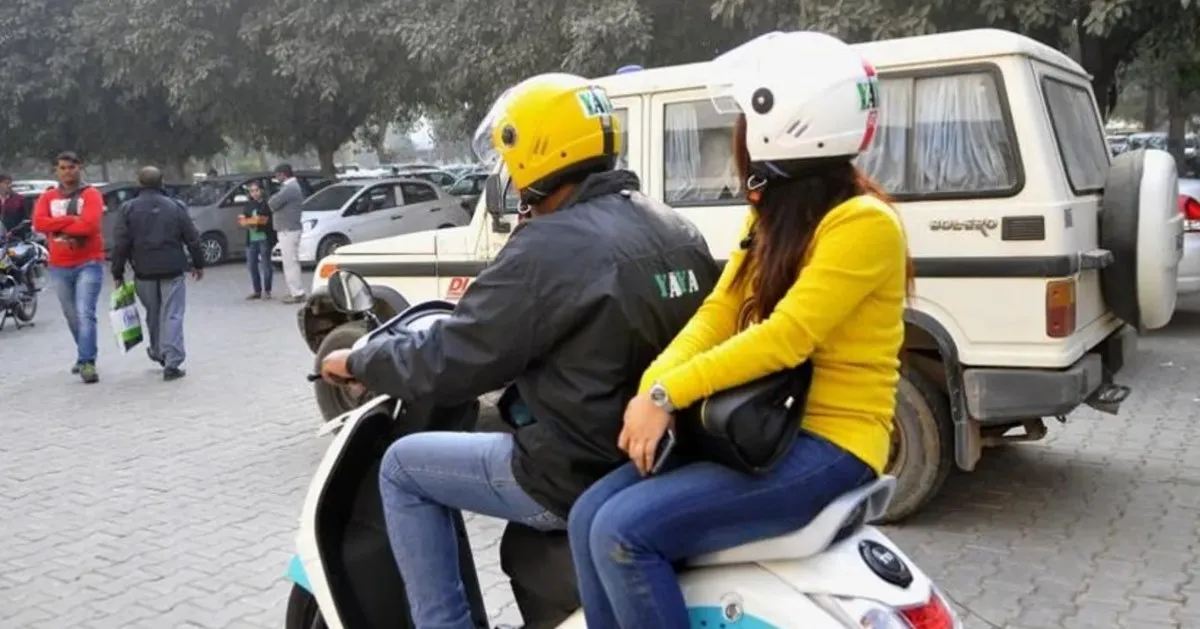Why Bike Taxis Need Regulating, Not A BAN!


In the battle between innovation and legality, bike taxis in Indian cities find themselves caught in a messy tug of war. On one hand, they’re convenient, cheap, and solve real problems for commuters. On the other, their current mode of operation exists in a regulatory grey zone. This has prompted some states to clamp down with outright bans, citing misuse, safety gaps, and legal inconsistencies. But banning them altogether might be missing the point. What bike taxis really need is a framework that regulates them without choking off their benefits.

Anyone who has tried taking a metro or bus in a major city like Bengaluru, Delhi, or Hyderabad will relate to this: the last mile is always a pain. The AC bus or metro might cover most of the journey, but the gap between your home or office and the station can make or break your decision to use public transport at all. This is where bike taxis step in. They’re not just a convenience; they’re often the only reliable link for thousands of commuters.
Add to this their speed advantage. Bikes slice through congested city traffic in a way that autos and cabs simply can’t. They can take narrow lanes, reroute quickly during jams, and often halve travel time. For many office-goers and students, this is a blessing. Then comes cost. Bike taxis are consistently cheaper than even the smallest cabs or auto-rickshaws. The ride may not be luxurious, but it gets the job done without burning a hole in your pocket.

In a country with a growing urban population and overloaded infrastructure, encouraging flexible, fast, and affordable modes of transport is crucial. No global metro system, from New York to Bangkok, relies on a single mode. Cities thrive on multi-modal transport options. Bike taxis bring in exactly the kind of agility that India’s rigid urban networks need.
What’s more, the employment potential is massive. For many, bike taxis are a way to earn a daily living or supplement income. In an economy where job creation hasn’t kept pace with aspirations, this matters.
Despite these advantages, the way most bike taxis operate today is problematic. The biggest issue is the use of private vehicles for commercial operations. These white number plate bikes are not authorised for commercial use, making the entire service technically illegal. This not only violates motor vehicle regulations but also creates an uneven playing field. Auto and cab drivers pay for commercial permits, road taxes, and insurance. Bike taxi riders don’t.

This leads to another major concern: insurance. If a rider is injured in a crash while using a white-board bike for paid rides, insurance companies can refuse claims because the vehicle wasn’t being used for its registered purpose. Neither the passenger nor the rider is protected.
There’s also the misuse factor. In the absence of regulation, the phone registered on a platform may belong to one person, while the bike may belong to someone else, and the actual rider may be a third party. This lack of accountability raises serious safety and liability issues. It’s not uncommon to hear of phones and bikes being passed around, with no real checks from the platform or the government.

The solution lies not in bans but in bringing these services into the fold of formal public transport through proper regulation. If bike taxis are brought under the yellow-board commercial vehicle category, several issues get addressed at once. Operators will be required to pay road tax and yearly permit fees, bringing in revenue for the government. Platforms can be made responsible for verifying rider credentials, linking phone numbers and vehicles to specific individuals.
Insurance will automatically become valid, offering protection to both passengers and riders. Uniform fare structures can be implemented to prevent exploitation and ensure that riders don’t charge arbitrarily or surge prices during peak hours.
Importantly, regulation will also introduce accountability. Riders may be required to wear ID badges, stick to approved routes, and perhaps even wear uniforms. If implemented properly, this will increase trust in the service, encourage more people to use it, and give bike taxis the legitimacy they currently lack.
Yes, there is a case to be made for protecting the interests of traditional cab and auto drivers. They’ve operated within legal frameworks, and their concerns about being undercut are valid. But a ban is not the answer. Regulation ensures that bike taxis play by the same rules. With a level playing field, everyone benefits.
Bike taxis are not a menace to be wiped out. They are a missing link in India’s messy transport ecosystem. It’s time to stop treating them like a problem, and start recognising their potential. With the right rules in place, bike taxis can be a win for commuters, a source of jobs, and a valuable tool in India’s urban transport playbook.